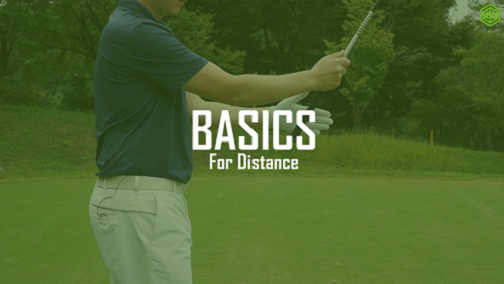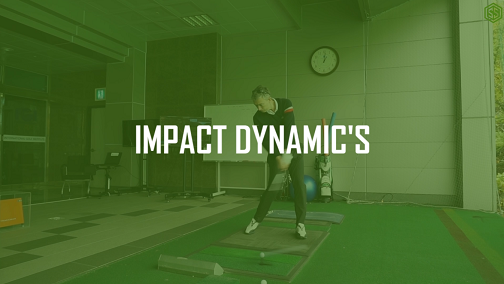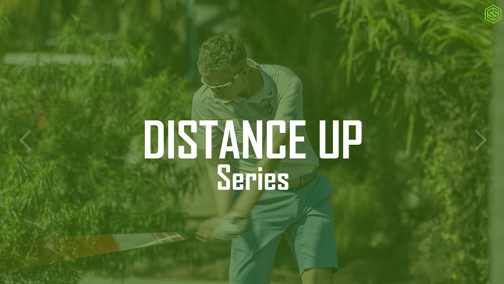HEAD & EYE TILT
Head and eye tilt in a golf swing
Transcript
Hi, Robin here. Let’s talk about head position and eye position and set up, and then how that affects your swing. Now, in my teaching, I see three different head positions at set up. Number one, let’s call this standard. So when the player’s setting up, their eye line, their eye tilt is basically 90 degrees to their spine angle. As I said, I call that standard position. Clearly, there’s a lot of good players, a lot of elite players who set up in that fashion.
Position number two, when the player sets up they have a little bit of head tilt away from the target. Their left eye sitting higher than the right eye. As a general rule, my preference would be to see that standard position. But in saying that, there’s a lot of good players, a lot of elite players who set up with their head tilted a little bit away from the target. And for some players out there, it might be a good position to work towards, which I’ll explain in a moment or two.
Position number three, where the head is tilted towards the target, the left eye is higher… Sorry, the left eye is lower than the right eye. Now while there’s no absolutes in the scheme, there’s always some exceptions. Very rarely do I see good players, elite players in this set-up position with their head tilted towards the target. Why that is, is because when your head is tilted this way, it’s going to give a lot of restrictions in your swing. It makes it very difficult for you to complete your shoulder turn. It might even affect how you’re able to transfer the pressure into your right foot. So it’s affecting shoulder turn and pressure transfer. And you’ll end up compensating in other ways. So some of the compensations when people are not able to transfer the pressure, not able to turn their shoulder…complete their shoulder turn would be maybe a lifting of the arms. Lifting of the arms creates a little bit of a steeper swing plane. Maybe our swing plane is going to be outside in.
Some players might also tilt to complete the swing. Very common when you see this head position that’s set up to see a little bit of a reverse upper body tilt towards the target. Again, putting a little steeper swing, more than likely outside in, big divots. Sure, people can compensate but as a general rule. Player might even, when they’re unable to complete their shoulder turn, maybe break their arms down, losing width in their swing and losing that arc. So again, it’ll affect consistency, direction, contact, really all the necessary things you need to hit good golf shots consistently.
So if you’re a player who’s in this position, I would actually suggest you work towards position number two, where your head is tilted slightly away from the target. Or even in some cases you’ve got a standard head position. This wouldn’t be that common but let’s say you’re in a standard head position. But maybe due to flexibility or other reasons you struggle completing your shoulder turn. You get some of those swing faults we were talking about, lifting your arms, maybe a steep swing plane, maybe a little loading, you’ll take big divots, you’ll hit pull shots, slice shots. Your ball, you’ll lose distance relative to your club head speed.
If you’re that player, even if you’re in that standard position, again, it might be a good thing for you to try moving towards position number two. Very often it’s hard to know where your head is, to have that spatial awareness. So what I ask players to do is I ask them to feel like they’re stretching the left side of their neck. So a little bit of…stretch the left side of the neck. That raises your left eye, and you’ll see instantly that it’ll make it easier for you to complete your shoulder turn. You’ll start to feel that turn bringing your arms around your body on a more shallow plane. The club will be more on plane, you’ll have a better turn, you’ll feel like you can hit the ball cleaner. It’s a really good position if you’re struggling with your driver and getting steeper in your driver to really get the contact a little bit cleaner, get your club traveling upwards as you’re hitting the driver. Let’s give it a try. So feel the stretch in the left side of the neck and maintain that stretch during the backswing as you turn.
So if you’re a player with any of those faults, give that a try, a little bit of stretch the left side of your neck, tilt your head away from the target. Hopefully you’ll find it easier to turn, get the club moving on plane, start getting a better contact, which will allow you to reach your maximum distance. So I hope that helps, and thanks for watching.




